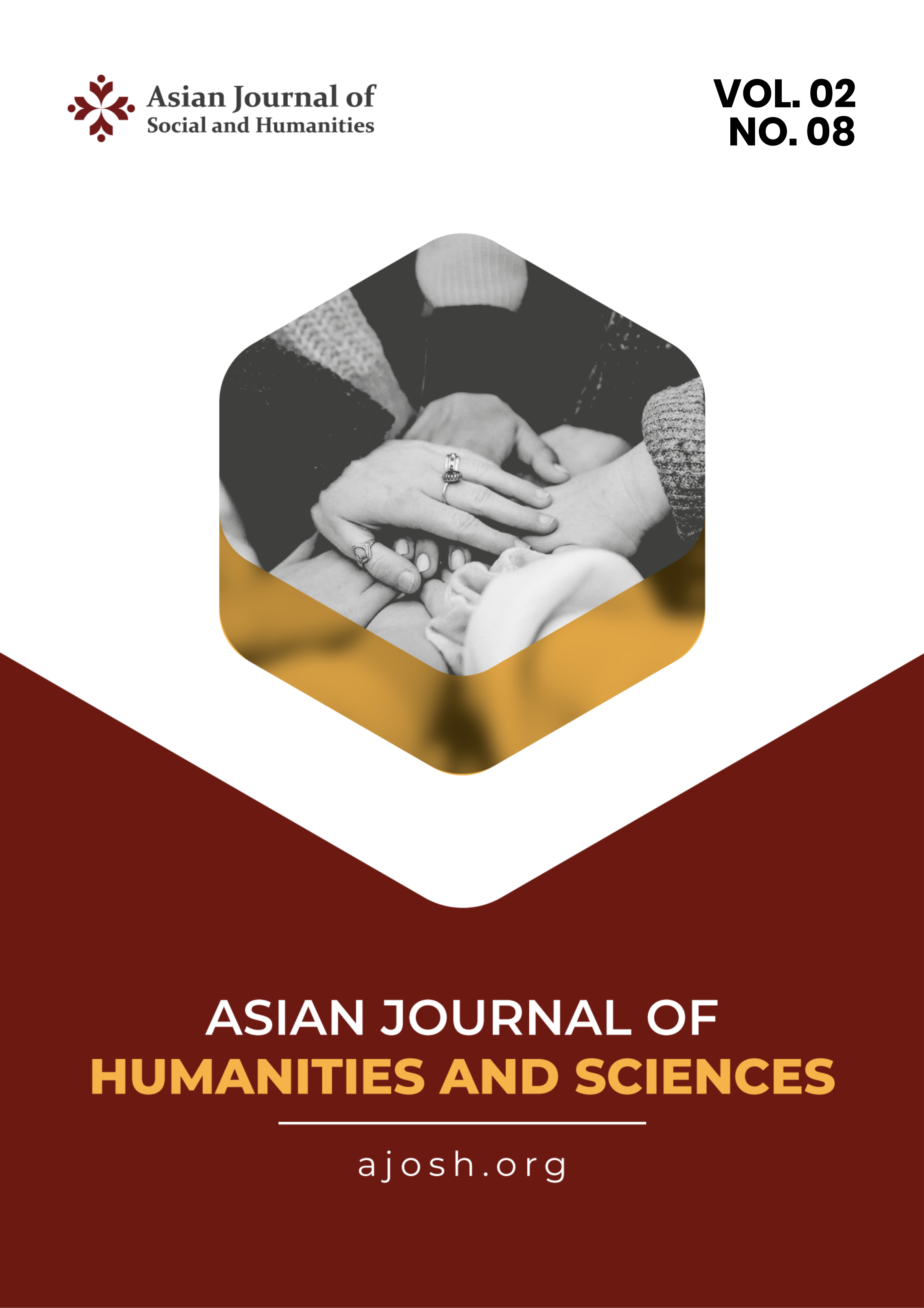Isolation and Identification of Candida sp. in Vagina of Long-Tailed Macaque (Macaca fascicularis)
DOI:
https://doi.org/10.59888/ajosh.v2i8.304Keywords:
Candida sp., vagina;, long-tailed macaque (Macaca fascicularis);, CHROMagar-CandidaAbstract
Candida sp. are commonly found as normal flora in vagina and in certain conditions are opportunistic pathogen. This study aimed to isolation and identification Candida sp. in vagina of the long-tailed macaque (Macaca fascicularis). The sample used in the study was a vaginal swab from five long-tailed macaque (Macaca fascicularis) from Seulawah Forest Aceh Besar. Identification of Candida sp. observed macroscopically by looking at the differences in the color of the colonies grown on the CHROMagar-Candida media. The data obtained were analyzed descriptively. The results of the examination showed that in the vagina of the long-tailed macaque (Macaca fascicularis) there were six species of Candida sp. like C. albicans, C. krusei, C. tropicalis, C. glabrata, C. dubliniensis and C. parapsilosis. It can be concluded that there are several species of Candida sp. which was successfully isolated and identified in vagina of a long-tailed macaque (Macaca fascicularis).
Published
Issue
Section
License
Copyright (c) 2024 Hanifa Zico, Erina Erina, Ummu Balqis, Erdiansyah Rahmi, Zuhrawaty NA

This work is licensed under a Creative Commons Attribution-ShareAlike 4.0 International License.
Authors who publish with this journal agree to the following terms:
- Authors retain copyright and grant the journal right of first publication with the work simultaneously licensed under a Creative Commons Attribution-ShareAlike 4.0 International. that allows others to share the work with an acknowledgement of the work's authorship and initial publication in this journal.
- Authors are able to enter into separate, additional contractual arrangements for the non-exclusive distribution of the journal's published version of the work (e.g., post it to an institutional repository or publish it in a book), with an acknowledgement of its initial publication in this journal.
- Authors are permitted and encouraged to post their work online (e.g., in institutional repositories or on their website) prior to and during the submission process, as it can lead to productive exchanges, as well as earlier and greater citation of published work.










